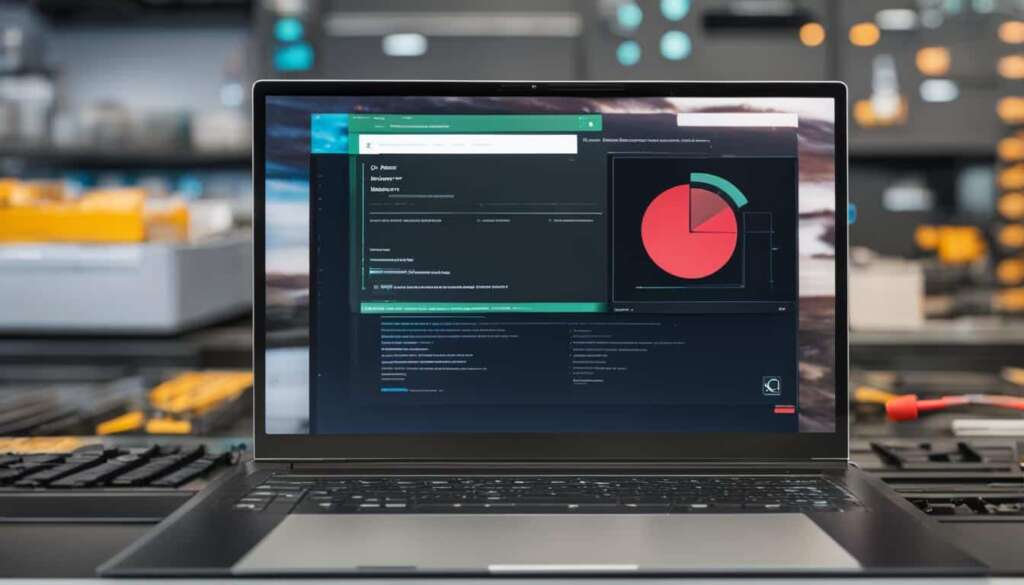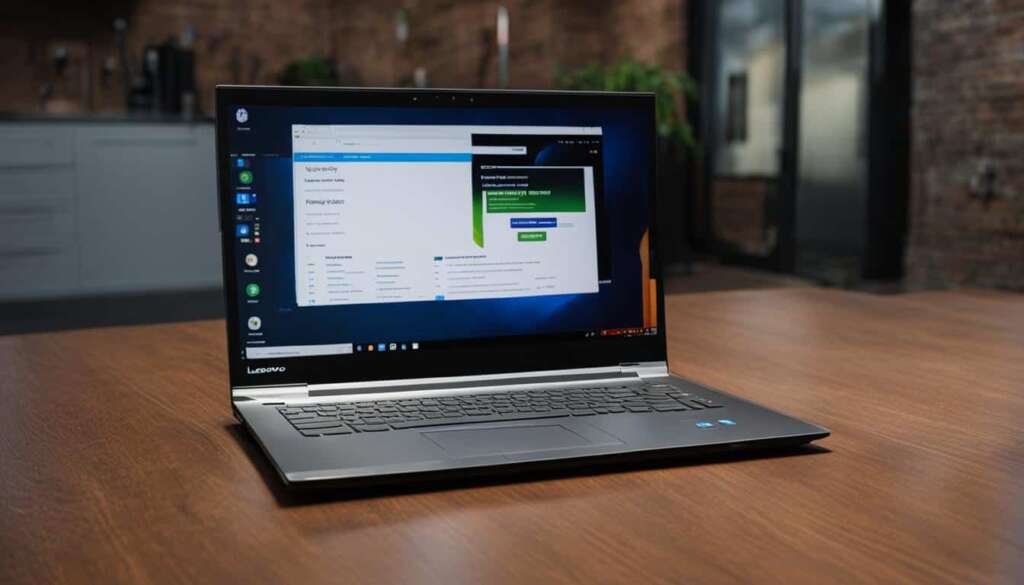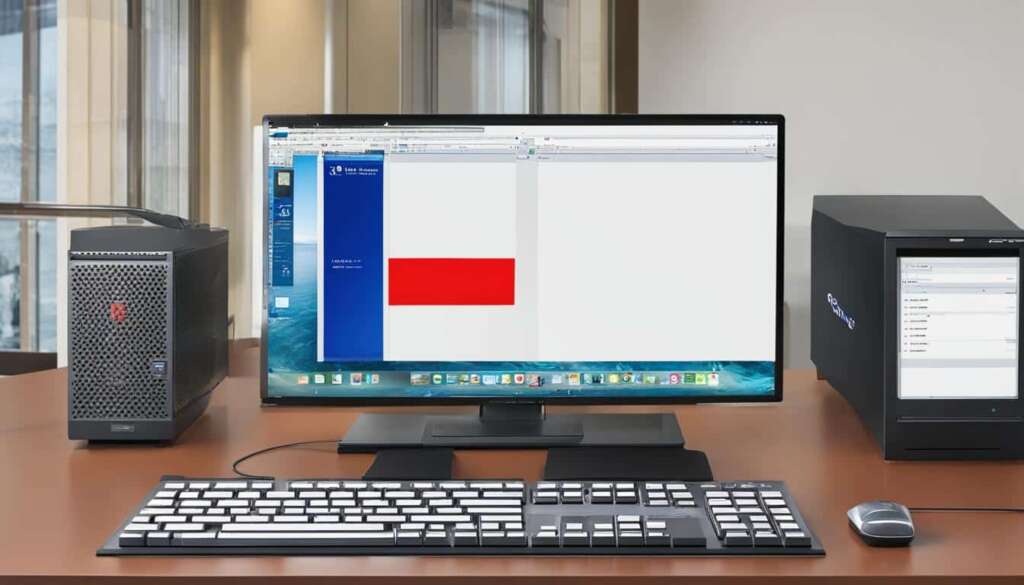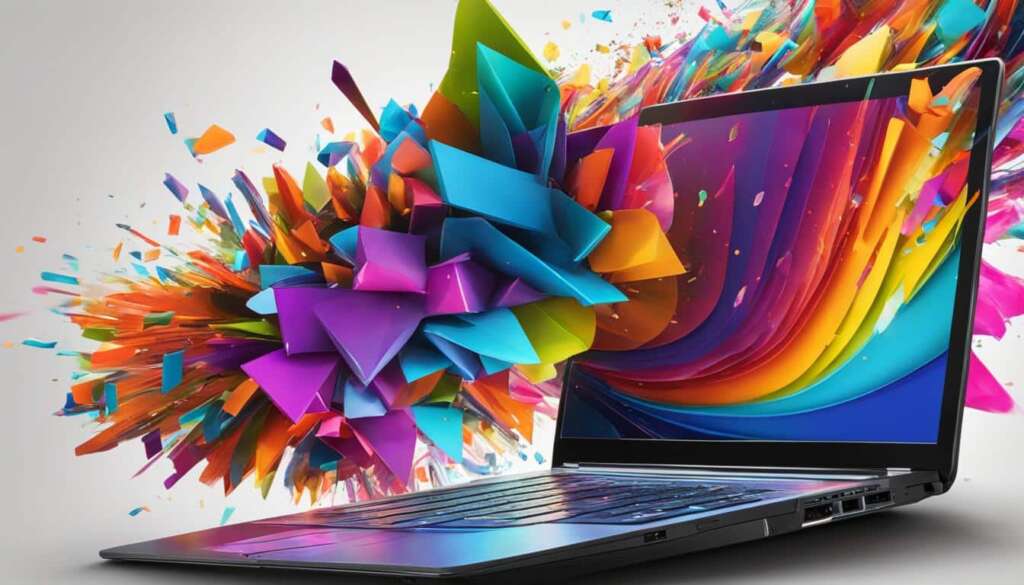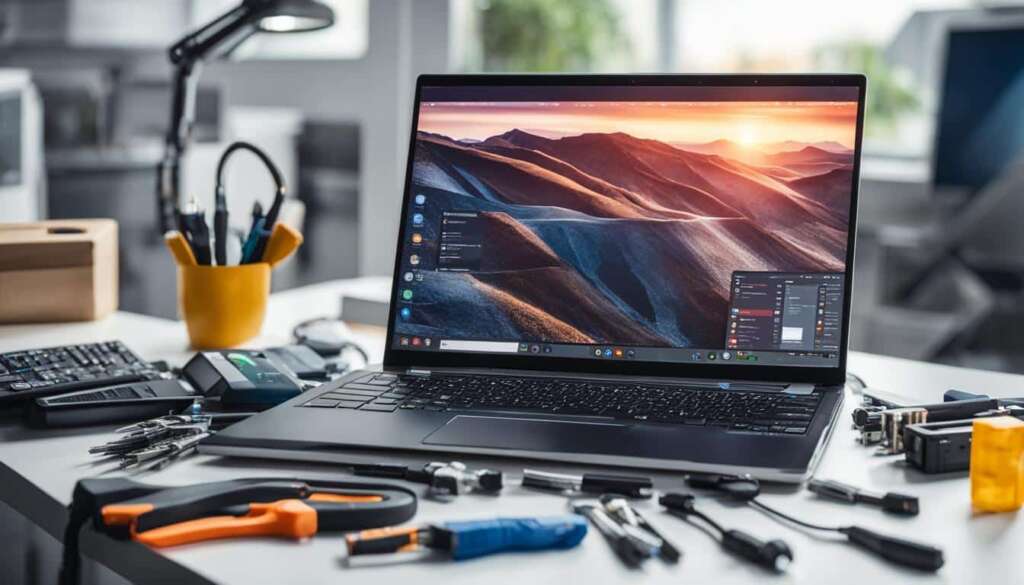Table of Contents
Welcome to our comprehensive guide on how to factory reset your laptop. Has your laptop been acting up lately? Are you looking to start fresh and restore its performance? Whether you’re experiencing software glitches or simply want to give your laptop a new lease on life, a factory reset can work wonders. In this article, we will walk you through the step-by-step process of factory resetting laptops running on different operating systems, including Windows, macOS, and ChromeOS.
Performing a factory reset on your laptop can resolve a wide range of issues, from lagging performance to persistent software bugs. It’s also a great way to prepare your laptop for a new user or if you’re planning to sell it. By following the instructions specific to your laptop’s operating system, you can bring your device back to its original state and enjoy a fresh start. So, let’s dive in and learn how to restore your laptop to its factory settings!
Factory Resetting a Windows Laptop
Factory resetting a Windows laptop is a straightforward process that can breathe new life into your device. Whether you’re experiencing performance issues or simply want a fresh start, a factory reset can help. In this section, we will guide you through the steps to factory reset your Windows laptop and provide specific instructions for popular laptop brands like HP and Toshiba.
To begin the factory reset process, there are two main methods you can follow:
- Reset through the Settings Menu: On your Windows laptop, navigate to the “Settings” menu by clicking on the Start button and selecting the cog icon. From there, go to “Update & Security” and choose “Recovery.” Under the “Reset this PC” section, click on the “Get started” button and follow the on-screen instructions to complete the factory reset.
- Reset using the Recovery Partition: If your laptop doesn’t have the Reset option in the Settings menu, you can still perform a factory reset using the recovery partition. This process may vary slightly depending on your laptop’s manufacturer. For example, on an HP laptop, you can typically access the Recovery Manager by pressing the F11 key during startup. Once in the Recovery Manager, select the “System Recovery” or “Factory Reset” option and follow the prompts to initiate the reset.
Regardless of the method you choose, it’s important to note that a factory reset will erase all your personal files and applications. Therefore, it’s crucial to back up any important data before proceeding with the reset.
Once the factory reset is complete, your Windows laptop will be restored to its original state, free from any software conflicts or clutter that may have been affecting its performance.
In the next section, we’ll explore how to factory reset a MacBook running on macOS, providing you with the necessary steps to bring your Apple laptop back to its factory settings.
Factory Resetting a macOS Laptop
Resetting a MacBook to its factory settings is essential before giving it away or selling it. To factory reset a MacBook, you’ll need to back up your data and sign out of all accounts. Then, you can enter the macOS Recovery Mode to erase the drive and reinstall macOS. The specific steps for factory resetting a MacBook may differ based on the model and processor chip (Intel-based or M1/M2), but the general procedure remains consistent.

When performing a factory reset on a MacBook, it’s crucial to back up your data to avoid losing any important files or documents. You can use external storage devices or cloud services like Time Machine to securely backup your data. After backing up, sign out of all accounts, including iCloud, iTunes, and any other services linked to your MacBook.
Next, you’ll need to enter the macOS Recovery Mode. To do this, restart your MacBook and hold down the Command (⌘) and R keys simultaneously until the Apple logo appears. This will boot your MacBook into the recovery mode, where you can access various utilities, including the option to erase your drive and reinstall macOS.
In the macOS Recovery Mode, select “Disk Utility” from the options and choose the drive you want to erase. Click on the “Erase” button and follow the instructions to securely wipe the drive. Keep in mind that this process will permanently delete all data on the selected drive, so make sure you’ve backed up everything beforehand.
After erasing the drive, exit the Disk Utility and select the “Reinstall macOS” option from the recovery mode. Follow the on-screen instructions to reinstall the macOS. Depending on your internet connection and the version of macOS, this process may take some time. Once the reinstallation is complete, your MacBook will be restored to its factory settings.
It’s important to note that the specific steps for factory resetting a MacBook may vary depending on the model and processor chip. For example, Macs with Intel-based processors may have different steps compared to the newer M1/M2 chip-based models. Therefore, it’s always recommended to consult the official Apple support documentation or contact Apple support for detailed instructions tailored to your specific MacBook model.
Factory Resetting a Chromebook
Chromebooks are designed with a cloud-based approach, making it easy to factory reset them. Whether you’re looking to give your Chromebook a fresh start or preparing it for a new owner, a factory reset can help you achieve that. Before proceeding with the reset, it’s important to check the auto-update expiration (AUE) date to ensure that your Chromebook will continue to receive updates and security patches.
To factory reset a Chromebook, you can use the Powerwash feature, which securely wipes your data and restores the device to its original state. Here’s how you can perform a factory reset on your Chromebook:
- Click on the clock in the bottom-right corner of the screen.
- Select the gear icon to open the Settings menu.
- Scroll down and click on “Advanced” to expand the menu.
- Under the “Reset Settings” section, click on “Powerwash”.
- Read the information presented and click on “Restart” to begin the factory reset process.
Once the Chromebook restarts, it will be restored to its original settings, removing all personal data and applications. It’s important to note that a factory reset cannot be undone, so make sure to back up any important files before proceeding. Additionally, if you’re planning to give away or sell the Chromebook, be sure to remove it from your Google account to ensure a clean handover to the new owner.
| Advantages of Factory Resetting a Chromebook |
|---|
| Restores the Chromebook to its original state, improving performance and resolving software issues. |
| Removes any traces of personal data and applications, ensuring privacy and security. |
| Prepares the Chromebook for a new user, providing them with a clean and personalized experience. |
| Resets any customizations or settings that may have been causing conflicts or errors. |
Conclusion
Factory resetting your laptop can be a transformative solution for a range of issues, bringing numerous benefits to your device. Whether you’re looking to enhance performance, eradicate malware, or prepare your laptop for a new user, a factory reset is the way to go.
By following the appropriate steps for factory resetting laptops running on different operating systems, such as Windows, macOS, and ChromeOS, you can achieve a fresh start and unlock optimal performance. It’s crucial to remember to back up your important data beforehand and carefully adhere to the specific instructions for your laptop model.
Embrace the advantages of a clean slate with factory resetting. Restore your laptop to its factory settings and experience the rejuvenation it brings. Say goodbye to sluggishness and unresolved issues, and welcome a laptop that feels brand new. Unlock the full potential of your device today by restoring it to its factory settings!
FAQ
Why should I factory reset my laptop?
Factory resetting your laptop can help resolve various issues and improve its performance. It is also recommended when giving your laptop to someone else or when you want to start fresh.
How do I factory reset a Windows laptop?
To factory reset a Windows laptop, you can access the reset option through the Settings menu or use the recovery partition. The exact steps may vary depending on the laptop manufacturer, such as HP or Toshiba, but the overall process remains the same.
How do I factory reset a MacBook?
To factory reset a MacBook, you’ll need to back up your data and sign out of all accounts. Then, you can enter the macOS Recovery Mode to erase the drive and reinstall macOS. The specific steps may differ based on the model and processor chip, but the general procedure remains consistent.
How do I factory reset a Chromebook?
To factory reset a Chromebook, you can use the Powerwash feature, which securely wipes your data and restores the Chromebook to its original state. If you’re planning to give away or sell the Chromebook, be sure to remove it from your Google account as well.
What issues can factory resetting my laptop resolve?
Factory resetting your laptop can help improve performance, remove malware, or prepare the device for a new user.

